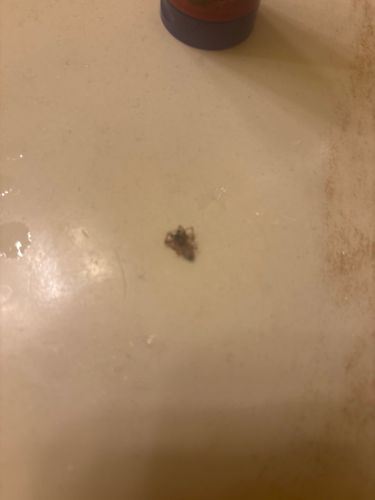Caddisfly (larva or adult)
Scientific Name: Trichoptera (order)
Order & Family: Order: Trichoptera; Family: Varies widely (e.g., Limnephilidae, Hydropsychidae, Leptoceridae)
Size: Larvae: 1-40 mm depending on species. Adults: Wingspan typically 5-50 mm.

Natural Habitat
Larvae are aquatic, found in freshwater environments such as streams, rivers, lakes, and ponds. Adults are terrestrial, often found near water bodies where they emerged.
Diet & Feeding
Diet varies by species and life stage. Larvae can be herbivores (feeding on algae or aquatic plants), detritivores (feeding on decaying organic matter), predators (feeding on small aquatic invertebrates), or omnivores. Adults generally do not feed or feed on liquids like nectar.
Behavior Patterns
Larvae construct a portable case from silk and various environmental materials (like sand grains, small fragments of plants, or detritus) which they carry everywhere. Adults are typically short-lived and may not feed. Some species are aquatic as larvae and terrestrial as adults.
Risks & Benefits
Caddisfly larvae are important bioindicators of water quality; their presence and diversity can indicate healthy aquatic ecosystems. They are also a significant food source for fish and other aquatic animals. They pose no direct risks to humans. The image appears to show a dried-out caddisfly larva and its case, or possibly a poorly preserved adult.
Identified on: 8/22/2025